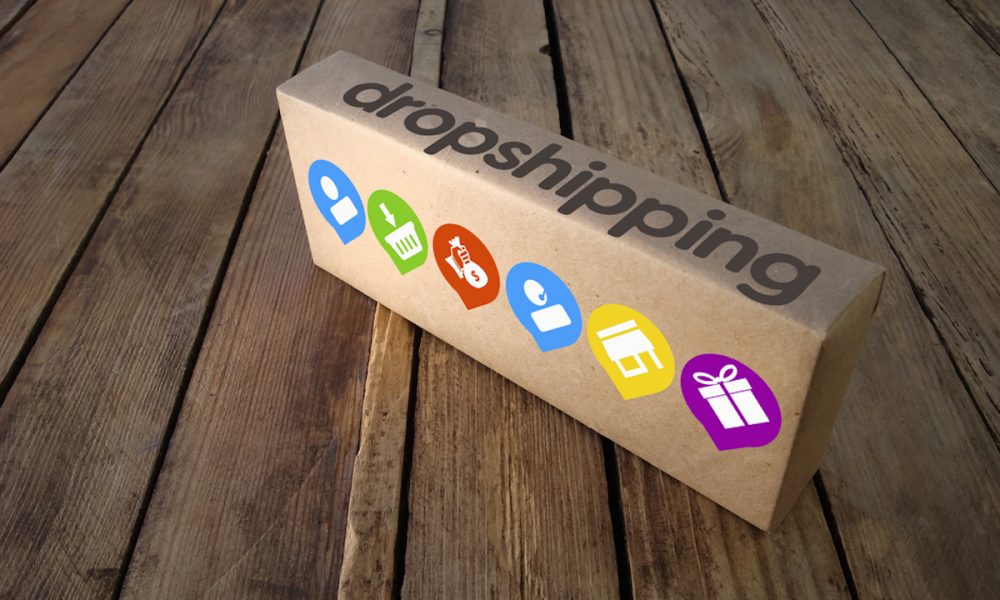Dropshipping has grown in recent years as a business model that allows entrepreneurs to sell products online without holding any inventory. By partnering with suppliers that ship products directly to customers, drop shippers focus on product curation, marketing, and customer service. The key to success with dropshipping is influencer marketing. Partnering with influencers who have large, targeted followings on social media platforms rapidly increases product exposure and drives sales.
Power of influencer marketing for dropshipping
Influencer marketing has become an effective strategy for customer acquisition across industries. This marketing stems from the trusted relationships and connections that influencers have built with their followers. Unlike traditional advertising, influencer marketing comes across as an authentic recommendation from someone their audience looks up to and trusts. It leads to elevated click-through rates, conversions, and sales when contrasted with alternative marketing platforms.
Influencer marketing provides laser-targeted exposure to specific niches and demographics. By partnering with micro-influencers who cater to your ideal target customer, you can get your products in front of motivated buyers ready to purchase. For drop shippers, influencer marketing provides a scalable way to rapidly validate and promote new products, as well as sustainably grow a customer base over time. Even micro-influencers with tens of thousands of highly engaged followers can drive impressive sales numbers.
Choosing the right influencers
Not all influencers provide the same value. When vetting potential partners, consider these tips.
- Evaluate influencer engagement – Follower count isn’t everything. Prioritize influencers with high engagement and comment rates from a targeted audience.
- Assess content quality – Review the influencer’s posts to ensure they produce high-quality, relevant content. Low-quality content is a red flag.
- Check for genuine interest – The best 8 dropshipping influencers to watch in 2023 are passionate about your niche and products. Gauge their interest before pursuing a partnership.
- Consider niche alignment – Identify influencers already producing content aligned with your products. Targeted content performs better.
- Look for relevant experience – Have they partnered with similar brands? Do they have dropshipping experience? Relevant experience is a good signal.
- Review costs – Compare rates and be wary of inflated pricing. Mid-tier influencers often offer the best value.
By finding influencers who authentically align with your brand and offer engaged targeted audiences, you set yourself up for the most mutually beneficial partnerships.
Structuring win-win influencer partnerships
The ideal partnership is a win-win scenario that provides value to both parties. As the business, you gain access to new audiences and sales. Meanwhile, the influencer receives compensation, often through commissions and gifted products. Be transparent about expectations and compensation upfront. Outline deliverables, pricing, and timelines in a formal agreement. Give influencers creative freedom to craft content that resonates organically with their followers.
Overly promotional content won’t perform as well. Set commission structures that incentivize influencers to maximize sales, such as tiered commission rates or bonuses for hitting sales targets. Share high-quality products, samples, and assets like high-res photos to help influencers develop compelling content. Harnessing the power of influencers is key to succeeding with dropshipping. Focus on cultivating win-win partnerships, promoting products through diverse content formats, and continually optimizing based on performance data. The marketing channel provides one of the most cost-effective strategies for sustainably growing an e-commerce dropshipping business.












